Results
2 results found
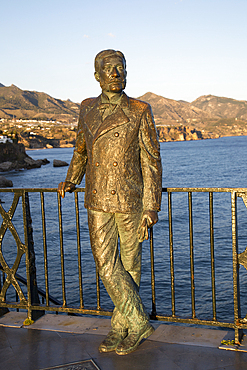
King Alfonso seventh, ruled 1874 to 1885, commemorating his visit in 1885, statue by F. Martin 2003, Nerja, Malaga province, Andalusia, Spain, Europe
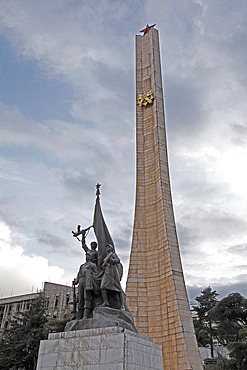
Monument to the Derg communist military junta, led by Mengitsu Haile Mariam, that ruled Ethiopia from 1974 to 1987, in Addis Ababa, Ethiopia, Africa
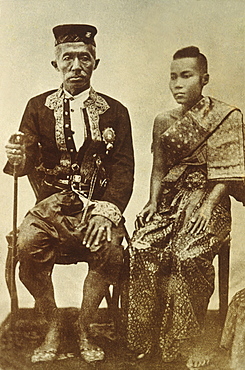
Photo of King Mongkut (Rama IV) ruled between 1951 and 1868, with his wife, Thailand, Southeast Asia,Asia
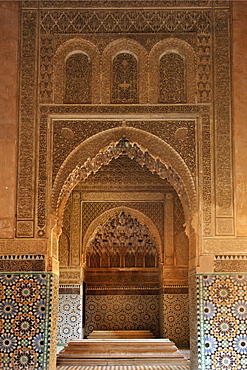
Mausoleum and Saadian tombs in Marrakech Morocco where over 60 members of the Saadi dynasty are buried. The dynasty ruled from the mid 16th to mid 17th century. The tombs were sealed and only re-discovered in 1917

Mausoleum and Saadian tombs in Marrakech Morocco where over 60 members of the Saadi dynasty are buried. The dynasty ruled from the mid 16th to mid 17th century. The tombs were sealed and only re-discovered in 1917

Mausoleum and Saadian tombs in Marrakech Morocco where over 60 members of the Saadi dynasty are buried. The dynasty ruled from the mid 16th to mid 17th century. The tombs were sealed and only re-discovered in 1917
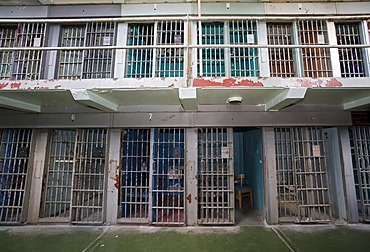
The West Virginia Penitentiary, constructed in 1866 and closed in 1995 after a court ruled that the prison's 5x7-foot cells were cruel and unusual punishment, Moundsville, West Virginia, USA
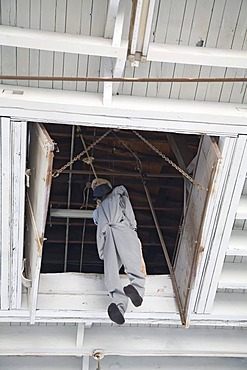
A dummy hangs where condemned prisoners were hanged at the West Virginia Penitentiary before an electric chair was installed; the prison was constructed in 1866 and closed in 1995 after a court ruled that the prison's 5x7-foot cells were cruel and unusual
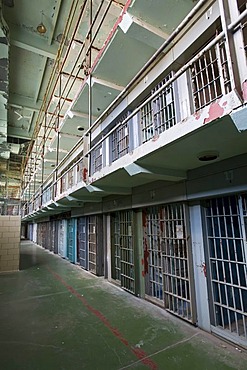
The West Virginia Penitentiary, constructed in 1866 and closed in 1995 after a court ruled that the prison's 5x7-foot cells were cruel and unusual punishment, Moundsville, West Virginia, USA
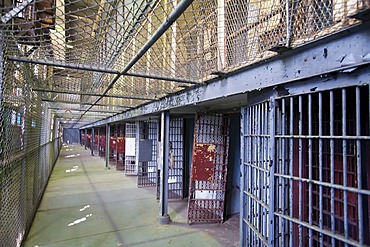
The West Virginia Penitentiary, constructed in 1866 and closed in 1995 after a court ruled that the prison's 5x7-foot cells were cruel and unusual punishment, Moundsville, West Virginia, USA
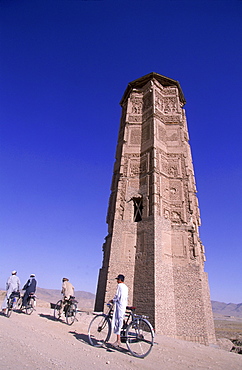
Men and boys on bikes ride past a towering, ancient minaret, outside of Ghazni, Afghanistan, October 1, 2002. Made of brick decorated with Kufic and Naksh Script and floral motifs, the minaret dates back to the early 12th century and was built by Sultan Masud III of the Ghaznavid Dynasty, who ruled over an empire encompassing much of Afghanistan, Northern India, Persia and Central Asia. The minaret was once three times as tall as its current 70 feet, and is thought to have been part of a large mosque complex. Now an important truck stop on the road to Kandahar, Ghazni, located on the Lora River at the elevation of 2,225 meters, is the capital of Ghazni province and is a market for sheep, wool, camel hair cloth, corn, and fruit-it also continues to be a haven for Taliban insurgents.

Workers pause by the columns of a 19th century summer pavilion in the Babur Gardens, or Bagh-i-Babur, Kabul, Afghanistan, September 25, 2002. The pavilion, which was used as a restaurant in the 20th century, was built by Amir Abdur Rahman, but was heavily damaged by the factional fighting of the mujihadeen in the 1990's and later by the Taliban. The buildings and gardens are now being carefully restored. Shah Babur, a descendent of Ghengis Khan and grandson of Tamerlane, is credited for founding the great Moghul dynasty which ruled India for two centuries. Babur built the palace and created the gardens on a hill looking over the southern part of Kabul in the 16th century,

Afghan men pause on the road with an ancient brick minaret and many shrines in the background, outside of Ghazni, Afghanistan, October 1, 2002. Made of brick decorated with Kufic and Naksh Script and floral motifs, the minaret dates back to the early 12th century and was built by Sultan Masud III of the Ghaznavid Dynasty, who ruled over an empire encompassing much of Afghanistan, Northern India, Persia and Central Asia. The minaret was once three times as tall as its current 70 feet, and is thought to have been part of a large mosque complex. Now an important truck stop on the road to Kandahar, Ghazni, located on the Lora River at the elevation of 2,225 meters, is the capital of Ghazni province with a population of 35,900, and is a market for sheep, wool, camel hair cloth, corn, and fruit, and continues to be a haven for Taliban insurgents.

Men on bikes ride past an ancient brick minaret toward the old walls and citadel of the town of Ghazni, Afghanistan, October 1, 2002. Made of brick decorated with Kufic and Naksh Script and floral motifs, the minaret dates back to the early 12th century and was built by Sultan Masud III of the Ghaznavid Dynasty, who ruled over an empire encompassing much of Afghanistan, Northern India, Persia and Central Asia. The minaret was once three times as tall as its current 70 feet, and is thought to have been part of a large mosque complex. Now an important truck stop on the road to Kandahar, Ghazni, located on the Lora River at the elevation of 2,225 meters, is the capital of Ghazni province with a population of 35,900, and is a market for sheep, wool, camel hair cloth, corn, and fruit.